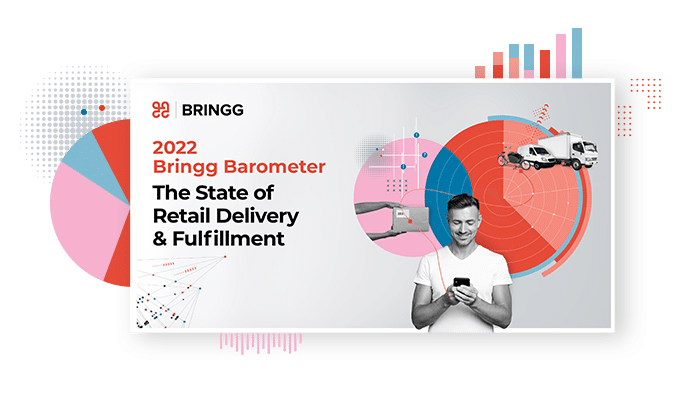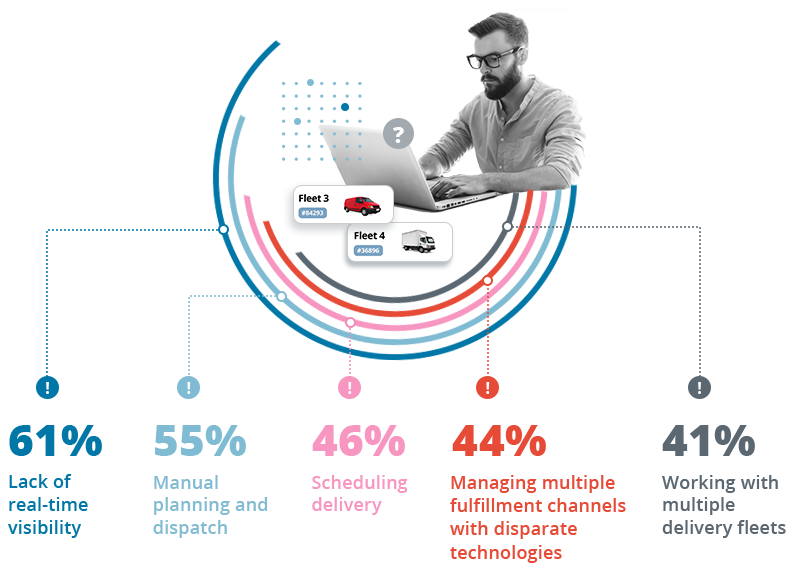We surveyed 500 retailers to assess their delivery and fulfillment operations. The resulting analysis covers current strengths and weaknesses in last mile retail fulfillment capacity, and how retailers can connect their current fulfillment services and delivery network for greater customer satisfaction and ROI.
Download this report to learn:

eCommerce spending has continued to soar, and throughout the year, supply chain disruption has led to dramatic upheaval and changes in retail operations. Retail strategies such as omnichannel fulfillment are growing. Retailers are taking their customers from offline to online buying and fulfillment; and new ecosystem players – including crowdsourced fleets, warehouse solutions, mobility solutions, and more – are paving the way for cost-effective, fast fulfillment.
However, a disconnect across the fulfillment network created a gap in where and when consumers wanted their orders fulfilled, and retailers’ ability to deliver it. The spike in delivery volumes means that the level of demand formerly seen during peak season will become the year-long norm in 2022, necessitating more delivery resources. Fast delivery is becoming a key offering to stay ahead of competition, but not all retailers have the technologies and processes to handle the complexities of same-day delivery or to effectively manage multiple carriers and fleets.
